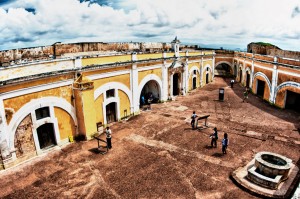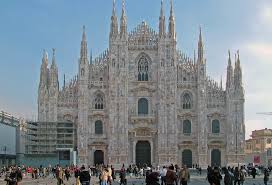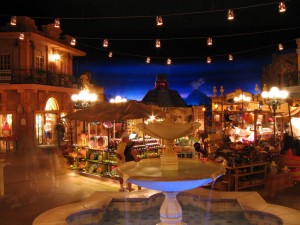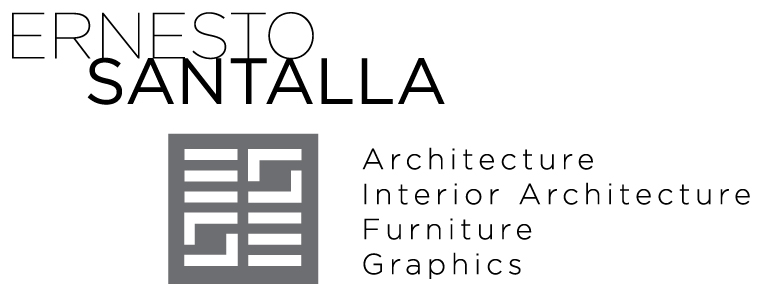Authentic Design?
Written by Ernesto Santalla on July 13th, 2014 // Filed under Architecture, Ernesto Santalla, History, Influences, Travel
Authentic design? Is there such a thing? Is copying the highest form of flattery? Can you improve upon the original?
As a budding architecture student, I was exposed to the best examples in the history of architecture, which became my paradigms of authentic design. During this time, I gave visiting relatives a tour of Old San Juan. Colonized cities follow a plan established by royal edict, therefore many cities established by Spaniards bear a striking resemblance. Both Havana and San Juan have a fortification known as El Morro, which guarded them from attacks by the sea. It so happens the walls of the interior courtyard of El Morro in San Juan are stuccoed and painted, a fact my uncle found offensive. To paraphrase, he declared this masterpiece of colonial naval architecture inauthentic. Had I been visiting Havana, I might have objected to bare stone wall and thus declare San Juan as the authentic design.

I could imagine a similar reaction from a Frenchman visiting Il Duomo in Milan, who’d pronounce it a blasphemy of Gothic Architecture. Opus Francigenum, later known as the Gothic style, originated, flourished and peaked in France. Other countries, particularly England developed its own versions of the style. In Italy, it seems to have fallen apart. In that regard, Il Duomo is not authentic design.

The Cathedral in Chartres is generally known as Gothic Architecture at its’ finest. It represents the most authentic design of the genre.

As long as I’m pointing authentic design and architecture, Disney’s Epcot Center is likely the epitome of the contrary. As a marketing strategy, it’s brilliant, but the means to end of making money is devious at best. Mariachis serenading visitors inside a pyramid to expose them to the ancient architecture and culture of Mexico is ludicrous. Get a history book! The message is “visit Epcot and skip going to these countries.” On the other hand, Disney World is meant to entertain, not promote authentic design.

While the chances of creating an original are slim, designing with integrity is certainly possible and it’s evident in both directions. Whenever something looks like something else, it’s a clear sign of a copy. Case in point is the Venus Di Milo at The Louvre in Paris. Many years before I saw the original I had seen so many copies I had very little interest in it. However, when I finally saw it, I was in awe. I realized I had seen so many poor imitations I didn’t think much of it until then. Authentic design and molded plastic sculpture are centuries apart.

Hollywood is famous for flights of fancy, hence the correlation of Ava Gardner and the Venus De Milo.

Thanks those I follow on Twitter, I am reasonably well informed of current architecture and design. I am often moved by great work; projects I aspire to and concepts that inspire and move me to raise my standards of excellence. I can honestly say that going back to take a “closer” look when I am designing does not cross my mind. Copying is cheap and lacks integrity. I am proud of Studio Santalla’s work product and insofar that it’s not derivative, it’s authentic design. Should I fall into the trap of doing the same thing over and over again and start copying myself, I have would earn the right to be singled out as a phony. To stay in the same place is the same as falling behind. To invent new possibilities is the road to authentic design.
